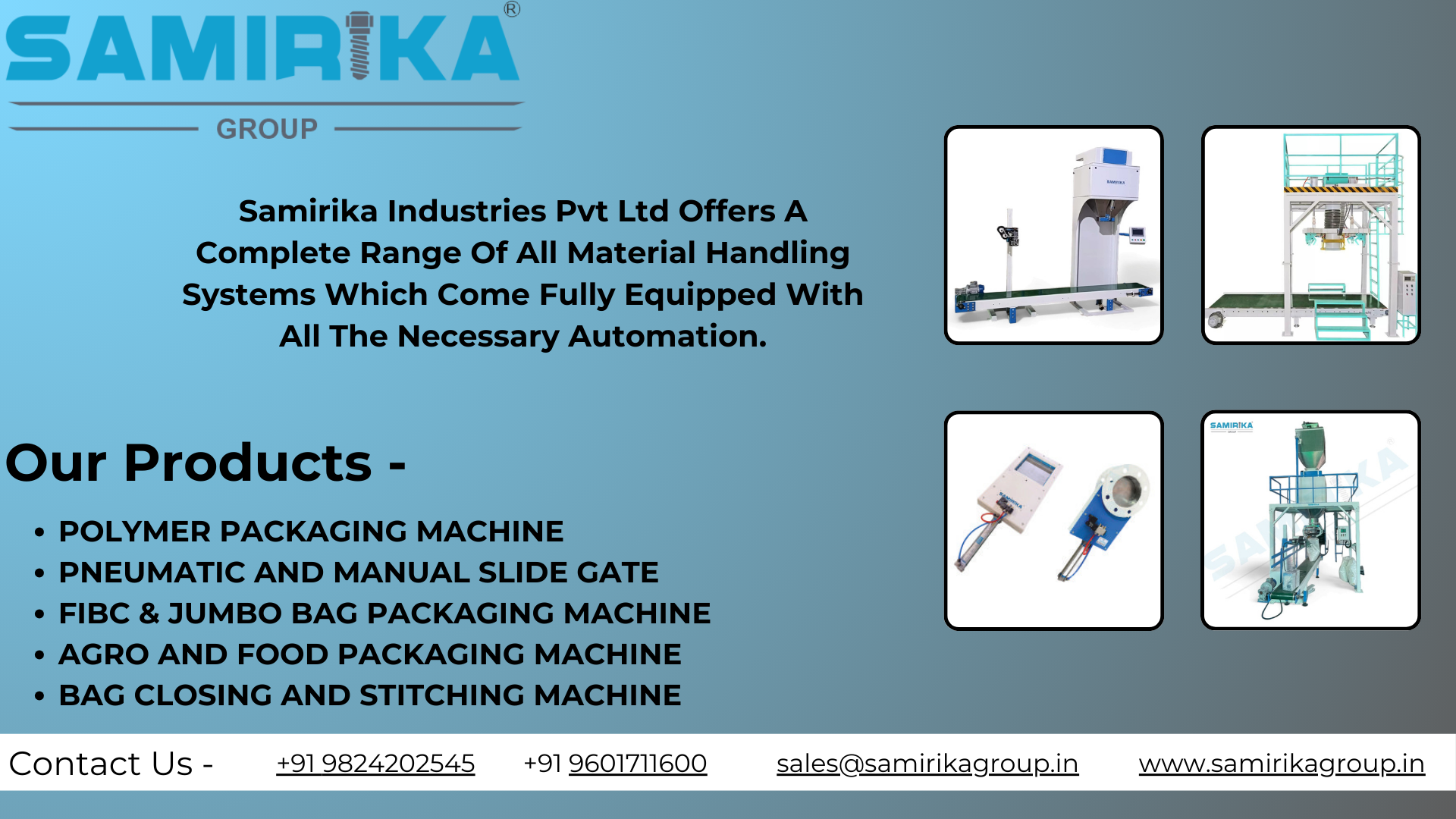Get Your Free Quote…!



Pneumatic
Conveying System Manufacturer
A Pneumatic Conveying System is an advanced material
handling solution used to transport bulk powders, granules, and dry solids
through a pipeline using air or gas as the conveying medium. These systems are
widely used in industries such as cement, food processing, chemicals,
pharmaceuticals, plastics, and power generation for clean, dust-free, and
efficient movement of materials.
As a Pneumatic Conveying System Manufacturer, the
focus lies on delivering custom-engineered solutions—including dense
phase, dilute phase (lean phase), and vacuum conveying systems—designed to
meet specific material properties, flow rates, and layout constraints. These
systems are ideal for transferring materials over long distances, across
different floors, or into closed vessels, ensuring minimal product degradation
and contamination.
Features
& Their Practical Uses
|
Feature |
Use / Benefit |
|
Dilute & Dense Phase Options |
Enables tailored solutions for fragile or abrasive materials. |
Fully Enclosed System |
Prevents contamination, leakage, and dusting—ensures
hygienic transfer. |
|
Stainless Steel or MS Construction |
Ensures durability in harsh or cleanroom environments. |
|
Low Maintenance Design |
Fewer moving parts reduce breakdowns and operating costs. |
|
Custom Layout Configurations |
Supports vertical, horizontal, or complex routing paths. |
|
Energy-Efficient Blowers or Compressors |
Optimizes power consumption for bulk transfer operations. |
|
Automated Control Panels (PLC/HMI) |
Allows real-time monitoring, flow control, and data
logging. |
|
Anti-Wear Lining for Pipes |
Increases lifespan when handling abrasive materials like
cement or fly ash. |
|
Modular Construction |
Makes installation, expansion, and maintenance easier. |
|
ATEX/Flameproof Designs Available |
Ensures safe operation in hazardous or explosive
environments. |
Applications
of Pneumatic Conveying Systems
Top 10
FAQs – Pneumatic Conveying System Manufacturer
1. What is a pneumatic conveying system used for?
It is used to transport bulk dry materials like powders, granules, and pelletsthrough pipelines using air pressure or vacuum.
2. What is the difference between dilute and dense phase
conveying?
Dilute phase uses high air velocity for low-density materials; dense
phase uses low velocity for gentle transfer of fragile or abrasive
materials.
3. Which industries use pneumatic conveying systems?
Used in cement, food, pharma, chemicals, plastics, power, and metallurgy
industries.
4. How far can materials be conveyed pneumatically?
Systems can be designed for up to several hundred meters, depending on
blower capacity and material.
5. Are these systems customizable for different
materials?
Yes, manufacturers offer tailored designs based on particle size,
density, flow rate, and material abrasiveness.
6. Can I use a pneumatic system for explosive or
hazardous materials?
Yes, flameproof and ATEX-certified systems are available for such
applications.
7. What are the energy requirements?
Power consumption depends on blower/compressor size and system length, ranging
from 2 HP to 100+ HP.
8. What maintenance is required?
Minimal—mainly includes filter cleaning, pipe inspection, and blower
servicing.
9. Can this system be integrated into an existing process
plant?
Yes, with modular and retrofit-friendly designs, integration is easy.
10. What is the price range for a pneumatic conveying
system?
Prices vary based on capacity and design, starting from ?3 lakh to ?50 lakh+
for industrial-scale systems.
Contact
Us For More Details On :
Call -
+91 9824202545, +91 9601711600
Email – sales@samirikagroup.in
Website –
www.samirikagroup.in
Address -
46 - 47, Paavan Industrial Park, opp. Shreenathji Ind Estate,Bakrol - Bujrang, Ahmedabad,
Gujarat- 382430.
Filter Using Product Tags